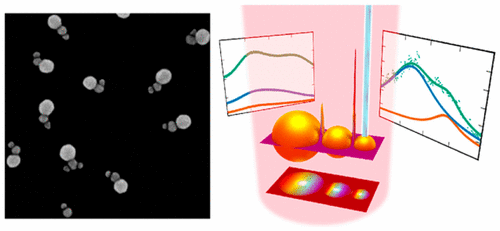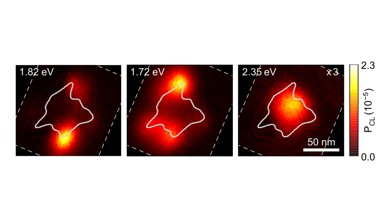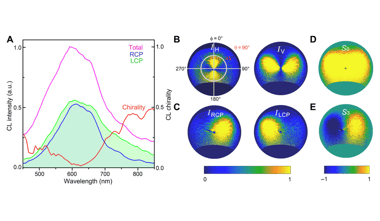These nanoparticle trimers act as plasmonic lenses and can be used for applications such as photolithography, biological molecule sensors, solar cells, and even microscopy. The article can be read here.
This is the first research published by Monash University in Melbourne using the SPARC system. This system is used at Monash’s advanced cathodoluminescence characterisation facility for researching important classes of new functional materials such as solar cells, minerals, advanced pharmaceuticals and new electronic materials. The facility was officially opened on February 4, 2016 by Professor Albert Polman (FOM Institute AMOLF), the inventor of Angle Resolved Cathodoluminescence and one of the pioneers of the field of nanophotonics – the control, understanding, and application of light at the nanoscale.
.png)






